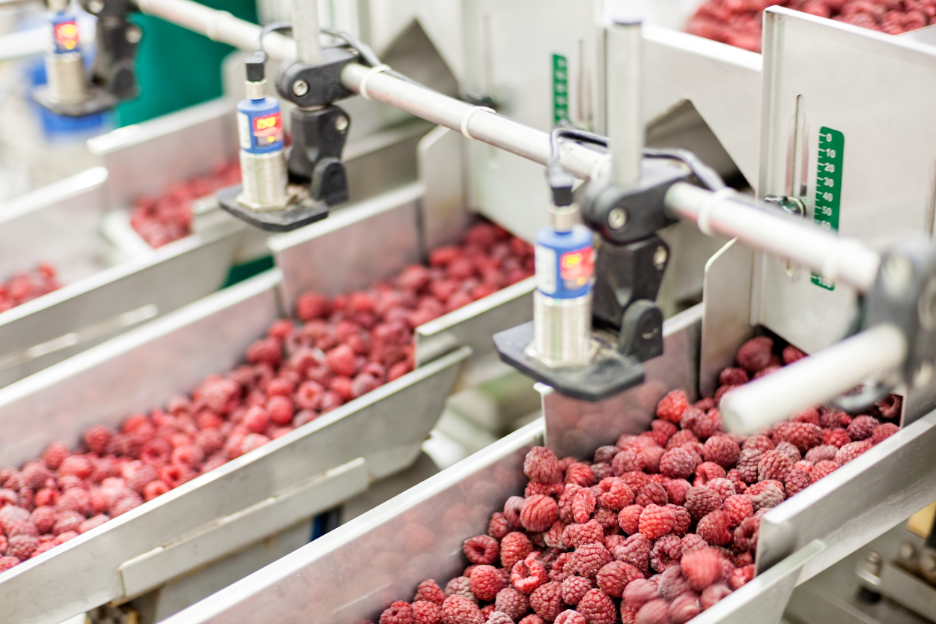
Rising Energy Costs: 4 ways to lessen their impact on food and beverage operations by Schneider Electric

David Cooper
Households and businesses are paying more for energy than ever before, even as global governments spend billions to shield consumers from the energy crisis. According to the US Bureau of Labor Statistics, US electricity bills in the third quarter of 2022 increased 15.8% over the same period the previous year − the most significant jump since 1981. In addition, energy consultancy VaasaETT Ltd. noted that in October 2022, gas prices were double what they were at the same point last year in the European Union and the United Kingdom.
With so many segments in the food and beverage industry relying on energy-intensive operations, these steep energy cost increases can potentially wipe out manufacturers’ profit margins. But rising energy costs aren’t the only concern. Even the availability of energy is in question.
For example, when energy supply is scarce in Europe, governments prioritize critical assets such as hospitals and homes over manufacturing sites. Inaction in the face of rising energy costs and availability challenges threatens marketplace competitiveness. It can lead to a downward spiral of lost business – and most economists foresee that these energy cost challenges will be long-term issues.
In response, consumer packaged goods manufacturing organizations are looking for new ways to reduce reliance on grid-supplied energy, with energy management systems now at the top of the agenda in many boardrooms. At the same time, many organizations have set aggressive carbon emissions reduction targets for 2025 and 2030. As the deadlines rapidly approach, the need for energy efficiency is high, as it is an essential pre-condition for a successful transition to clean energy.
Innovative approaches that help address energy cost challenges
These energy efficiency measures and investments also have an essential role to play in strengthening the resilience of food and beverage manufacturing plants.
Below are several examples of how companies like Schneider Electric can help food and beverage manufacturers shift to more fuel-efficient operations:
1. Becoming prosumers – Local solar and wind generation, combined with energy storage and software management, provide businesses with renewable energy options, onsite electricity generation, and a higher degree of operational resilience. In addition, microgrids enable manufacturers to act as prosumers (both consuming and producing energy). Organizations can avoid excess costs by flattening their peak demand on the grid: they cut costs by using locally generated and stored energy when prices are high and consuming utility energy during non-peak periods when prices are low.
2. Reduction of consumption with the implementation of devices such as variable speed drives (VSD) – According to a recent Lawrence Berkeley National Laboratory report, over 11 million electric motors are installed across industrial facilities in the US alone. However, many motors still do not have variable speed drives attached to them.
Unlike fixed-speed motor drives, which operate at the same speed regardless of the industrial process, VSDs regulate their speed based on the work demands. VSDs can save 60 to 80% of the energy that a motor consumes. Upgrading motors with VSDs represents a massive opportunity for reducing energy bills and manufacturer-induced carbon emissions.
3. Introduction of monitoring and analysis tools – With reduced energy consumption as a primary goal, food and beverage manufacturing operations can no longer afford to work in data silos. The convergence of energy and automation requires the ability to monitor, measure, and benchmark energy and production data in real-time, across critical vital aspects of the operations.
Because of solutions from AVEVA and ProLeiT, Schneider Electric can provide the transparency and visibility needed to drive up production while lowering energy consumption through unified software platforms.
4. Access to new funding mechanisms – New methods for managing and funding energy – such as Energy as a Service (EaaS) and Power Purchase Agreements (PPA) – now make investments in energy consumption-saving technologies much more affordable and feasible. PPAs are financial instruments that help food and beverage firms benefit from guaranteed cost savings, risk mitigation, and fixed energy prices.
EaaS arrangements offer similar arrangements but remove the burden of asset ownership from the manufacturer. In this realm, Schneider Electric experts can act as consultants, guiding manufacturers on issues such as where and when to procure energy, how to negotiate PPA and EaaS contracts, and how to assess plant operational energy consumption patterns.
Moving forward in the journey to energy efficiency
For food and beverage manufacturers seeking to accelerate energy conservation efforts and combat rising energy costs, Schneider Electric has many solutions to make the shift easier. Automation, energy, and sustainability consultants can perform site audits and pinpoint areas where consumption can be reduced. One example is Danone Evian’s story of going green to reduce energy consumption. Watch the video (French with English subtitles) and read the key details of the story here.
By examining the electrical infrastructure, building management, the flow of goods, the flow of people, and manufacturing and packaging processes, these teams can create a strategy identifying both short-term no-cost or low-cost energy-saving measures and medium- and longer-term energy efficiency investment planning.
Discover how Schneider Electric is partnering with the food and beverage industry to reduce energy consumption and switch to clean energy on our Sustainability Consulting Services page. I also recommend reading Andre Marino’s blog post about using digitalization to address the European energy crisis. Download the report “Tackling the European energy crisis” and learn about immediate steps your facilities can take today to comply with reduced energy consumption and peak demand targets.